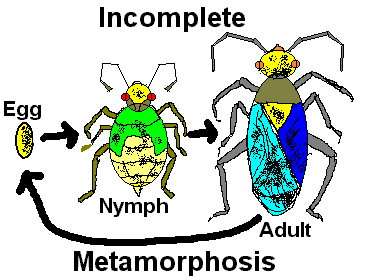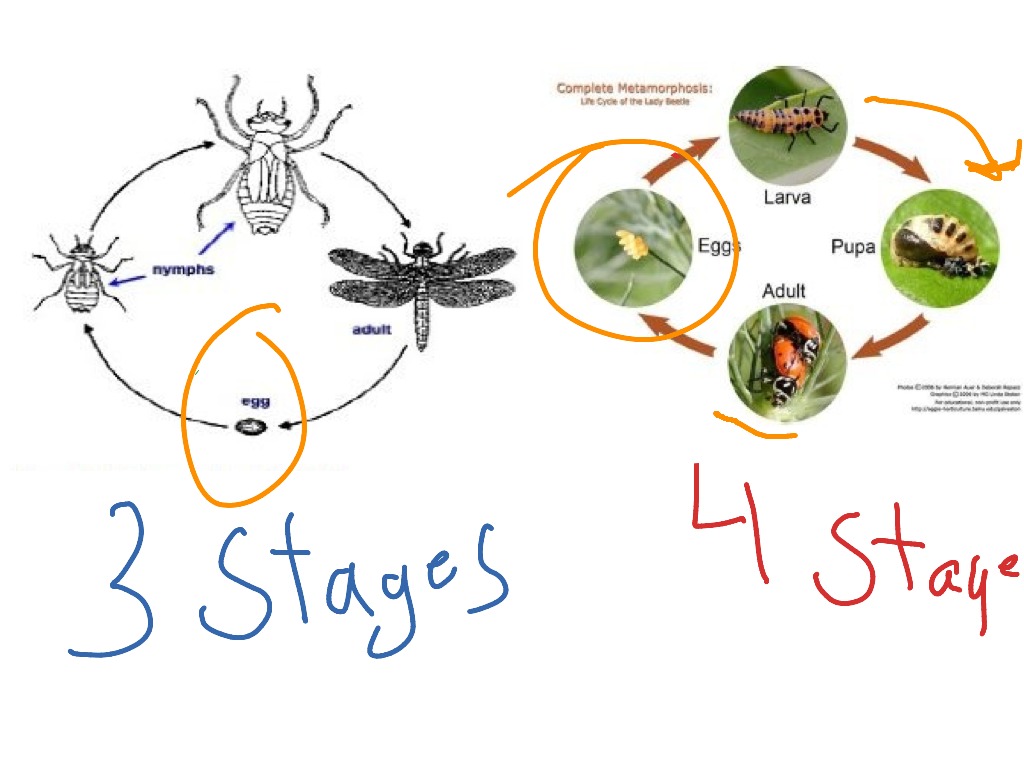
This process of cell death is called histolysis, and cell regrowth histogenesis.Įxamples of holometabolic insects include beetles, flies, bees, wasps, ants, butterflies, moths, fleas, dobsonflies, and caddisflies. In the pupal stage, the insect will excrete digestive juices to destroy much of the larva's body, leaving a few cells intact, while groups of cells, called imaginal disks, develop into the tissues of the adult, using the nutrients from the broken down larva. In the immobile pupal stage, an insect may be encased in a protective coating such as a cocoon (rare in butterflies, but common in moths). The caterpillar looks more like a worm than an adult butterfly, but has the typical insect three pairs of jointed legs as well as several pairs of fleshy legs (Towle 1989).

Insects that undergo holometabolism pass through a larval stage, then enter a non-feeding, outwardly inactive state as a pupa, and finally emerge as adults (imago).įor example, in the life cycle of a butterfly, the embryo grows within the egg, hatching into the segmented larva ( caterpillar), before entering the pupal stage (a butterfly pupa is called a chrysalis), and finally emerging as an adult butterfly imago. There are two main types of metamorphosis in insects, complete metamorphosis and incomplete metamorphosis.Ĭomplete metamorphosis, also called holometabolism and complex metamorphosis, is a term applied to those processes in which the larvae differ markedly from the adults. Insect metamorphosis Comparative Lengths of Metamorphosis Species References to "metamorphosis" in mammals is imprecise and only colloquial. Scientific usage of the term metamorphosis is exclusive, and is not applied to general aspects of cell growth, including rapid growth spurts. The fact that caterpillars are specialized for growth and the adult butterflies and moths for dispersal and reproduction, eliminates conflict between two activities that require great energy expenditure (Towle 1989). For example, caterpillars feed on leafy vegetation, while butterflies derive energy from nectar. It allows exploitation of different niches, aids in dispersal, eliminates competition between larvae and adults for food and space, and helps in surviving harsh weather (Towle 1989). Metamorphosis is an adaptation that contributes to the success of insects and the other organisms. The complete metamorphosis of a butterfly has been used as a metaphor for eternal life, as the "earth-bound" caterpillar transforms into the ethereal butterfly. On the other hand, after a grasshopper egg hatches, the emerging nymph looks similar to the adult, but lacks wings and has underdeveloped reproductive organs.

While some crustaceans simply increase in size with each molt, in other crustaceans the larval stage looks so different from the adult that at times the two forms have been erroneously classified as different species. Likewise, a tadpole, with gills, a fish-like tail, and no legs, metamorphosizes into an adult, airbreathing, legged, and tailless frog. The transformation from an egg to an adult butterfly involves first a segmented, worm-like larva (caterpillar), then an immobile pupal stage, and finally the winged adult emerges. In metamorphosis, the immature form can look very different from the adult form (complete metamorphosis) or it can resemble the adult form (incomplete metamorphosis). Some insects, amphibians, mollusks, crustaceans, echinoderms, and tunicates undergo metamorphosis.

In zoology, metamorphosis is the process of pronounced and relatively abrupt developmental change in the internal and external morphology of an animal after the embryonic stage, accompanied by changes in physiology (body functions) and usually (but not always) striking changes in behavior or habitat.


 0 kommentar(er)
0 kommentar(er)
